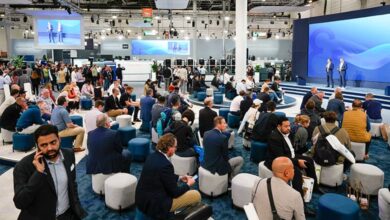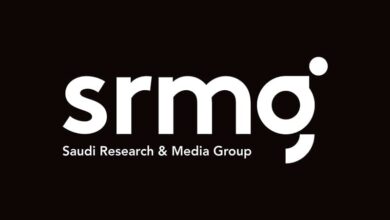For the first time, there’s a strong market pull for digital printing
Since Nanography technology was unveiled as a proof-of-concept at drupa 2012, Landa Group has been developing a line of Nanographic printing presses for commercial packaging and publishing markets by employing Nanotechnology, the manipulation of matter on an atomic, molecular, and supra-molecular scale.
Landa sheetfed and web Nanographic printing presses offer the versatility of digital printing combined with the qualities and speed of offset. The Landa Nanographic printing process differs from other printing processes in that the ink does not wet the paper as in inkjet printing. Landa Nanographic printing technology converts the ink image into a super-thin polymeric film which is then laminated onto the paper surface, avoiding typical inkjet issues of paper saturation and enabling the creation of high quality images at high speed – on any kind of paper.
The Landa Nano-Metallography process introduces the science of nanotechnology to the ancient art of graphics metallization. Nano-Metallography is designed to replace costly, inefficient processes used today, including foil stamping and metallized substrates. According to the company, the zero waste process applies a luxurious metallic effect at less than 50% of the current cost.
Benny Landa, chairman, Landa Group, comments: “Drupa 2016 will be remembered as the inflection point in the industry’s transition from mechanical printing to digital. In the past, digital printing vendors had to try to convince the market that digital is the way to go. For more than 20 years, digital printing has excelled as a solution for niche markets. Previously it was a ‘push’ selling motion. Now, for the first time, the situation has reversed. There is a very strong ‘pull’ from the market, driven by both customers and brand-owners, who are now demanding digital printing. It seems that the market leaders – in packaging, commercial printing and in publishing – have come to the realization that they simply must go digital.”
The company has entered into strategic partnerships with Quad/Graphics, the largest publication printer in the US, and with Cimpress, the global leader in mass customization and web-to-print. In addition, Landa announced that it will deploy its presses at beta sites in Europe and the USA during 2017.
Landa S10 digital printer for packaging
Engineered for the packaging and converting industries, the single-sided B1 (41 in. / 1,050 mm) format Landa S10 Nanographic printing press enables just-in-time mainstream efficiency for the production of folding carton, POP/POS and corrugated boxes. The Landa S10 press prints 13,000 sheets per hour on off-the-shelf substrates in thickness from 2.4-32 pt. (60-800μm). With a crossover point of around 30,000 boxes and higher when ganging jobs or adding variable barcodes, the Landa S10 is offered as a digital solution for more than 50% of all packaging jobs.

Landa W10P digital printer for publishing
The Landa W10P Nanographic printing press is a new meter-wide (41 in.) perfecting press with two printing engines. Designed for the publishing, catalog and direct mail segments, it prints at 200 meters per minute (656 ft./min) on a variety of coated and uncoated papers, light boards and metallic substrates.
According to the company, Nanography will enable customers to move their mainstream journal and magazine publishing, catalogs and direct mail pages from offset to digital, for a reduced total cost of ownership (TCO) and improved margins. The Landa W10P press will start shipping to customers in late 2017.
“Fourteen years of nanotechnology research has enabled us to make tremendous breakthroughs in the quality, speed and cost of digital printing. With the size and caliber of these customers who will be deploying our Nanographic printing presses, and the volumes of digital print that they will produce across the globe, we can truly say that digital printing is becoming mainstream. The Landa W10P Nanographic printing press is up to 24 times faster than any other commercial quality digital press and can print more than two million magazine pages in a single 8-hour shift,” says Benny.


.gif)



